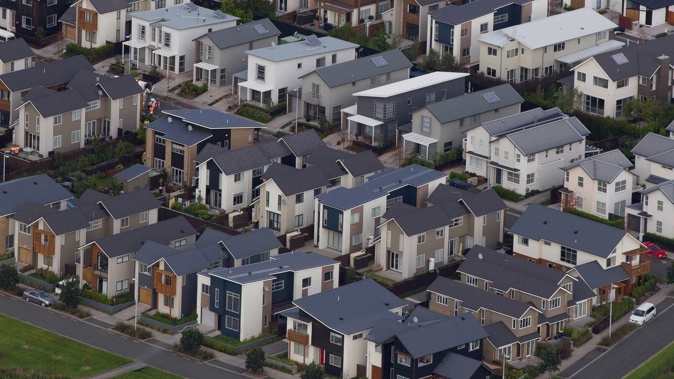
Consents to build new homes jumped back up in July following a decline in the previous month.
StatsNZ said the number of new dwellings consented dropped 2.2 per cent in June but were back up again last month, up 5 per cent.
All up, 50,614 new dwellings were consented throughout New Zealand in the July 2022 year, up 12 per cent from the July 2021 year.
In May, the Herald reported how housing consent applications were running at record highs.
In the new data out today, Auckland received 21,743 new dwellings consented in the year to July, up 13 per cent, Waikato 5021 up 4.7 per cent, Wellington 3927, up 20 per cent, the rest of the North Island 7077 down 4.2 per cent, Canterbury had 8556 up 26 per cent and the rest of the South Island 4289 up 15 per cent.
In July, 4100 new dwelling consents were approved: 1853 for townhouses, flats, and units; 1730 for stand-alone houses, 320 retirement village units and 197 for apartments.
Non-residential building consents totalled $9 billion in the July year, up 14 per cent annually. The non-residential building types with the highest values were education buildings at $1.5b, storage buildings at $1.4b and offices, administration and public transport buildings at $1.4b.
Housing consents are being driven by smaller types of homes.
Michael Heslop, construction and property statistics manager, has cited apartment numbers in particular for driving up activity levels. For example, there were 25,475 multi-unit homes consented in the year to March, up 40 per cent annually, he said.
This year's Construction Industry Confidence Report showed 59 per cent of builders and 46 per cent of architects predicted the sector to deteriorate.
- New housing consents stay high but confidence falls
- 'Absurd': $1.6m Auckland house fails to sell because it has tenants
Those numbers were almost double figures from two years ago.
The EBOSS survey of 1100 builders and architects found 91 per cent of builders cannot get the staff to meet order book work.
Around 45 per cent of those surveyed were running at full capacity to get current builds completed.
And 77 per cent of architects and designers say they cannot find enough qualified staff to meet demand.
Take your Radio, Podcasts and Music with you








